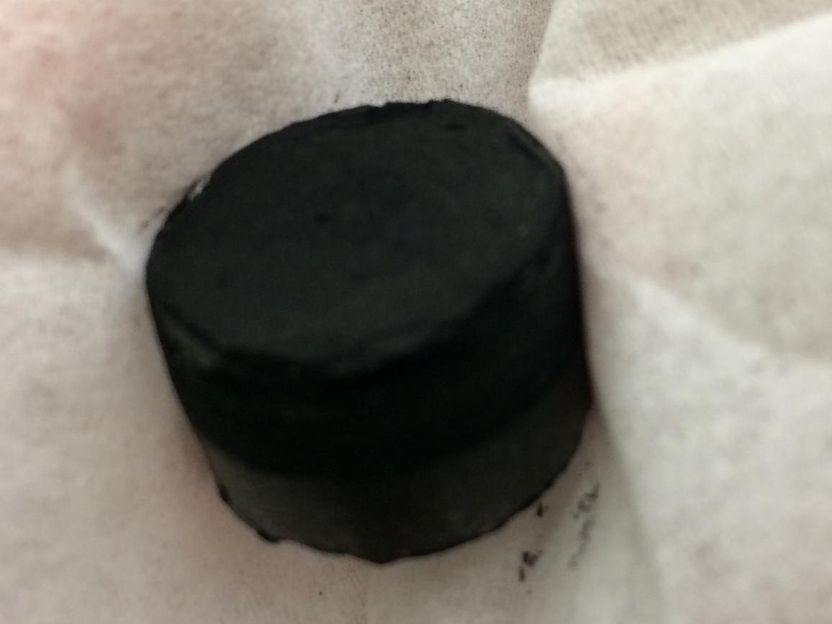Bone grafting improvements with the help of sea coral
Sea coral could soon be used more extensively in bone grafting procedures thanks to new research that has refined the material's properties and made it more compatible with natural bone.
By partially converting calcium carbonate―found in the exoskeleton of sea coral―into coralline hydroxyapatite (CHA), the refined material, called coralline hydroxyapatite/calcium carbonate (CHACC), has been shown to 'considerably improve' the outcome of bone grafts in 16 patients.
The results of the small clinical study, which have been published in IOP Publishing's journal Biomedical Materials, showed that bone healing was observed in each of the patients after four months and that the CHACC had fully biodegraded after two years.
CHA derived from sea coral has been used for many years as a successful bone graft material; however, its use has been limited to specific bones because it does not fully biodegrade.
The corresponding author of the research Zhidao Xia from Swansea University said: "Our methods have considerably improved the outcome of bone grafts by using the partial conversion technique, in which the biodegradable composition from natural coral is reserved. It works in a very similar way to commercially available CHA for conductive bone regeneration, but the better biodegradation properties are compatible with the host tissue's natural bone turnover process.
"When biomaterials do not biodegrade and remain in skeletal tissue, they may continuously cause problems in the host. In extreme conditions, it is possible that the different mechanical properties of the artificial bone graft may cause a re-fracture or become a source for bacterium growth in infection."
CHACC could become a promising alternative to an autograft, which uses pieces of bone from another part of the patient's body to regrow new bone in the injured area. Besides only having a limited stock, an autograft can cause discomfort, pain and long-term impairment in the area that the bone is taken from.
In their study, the researchers, from the UK and China, harvested sea coral from South China and partially converted the calcium carbonate into CHA to form CHACC.
According to the paper, the CHACC composition, which contains 15 per cent of CHA in a thin layer around the calcium carbonate, has the strong, porous structure that has made CHA commercially successful, but contains significantly improved biodegrading properties to support natural bone healing.
In their study, the researchers constructed CHACC and tested its physical and chemical properties using a number of microscopic and spectroscopic techniques. The CHACC was then mixed with human mesenchymal stem cells and implanted subcutaneously in mice for 10 weeks. The results showed that new bone formation was visible on the surface of the CHACC.
In a preliminary clinical study, 16 patients (11 male and five female) with a range of four different bone defects were surgically implanted with CHACC. Results showed there was clinical bone healing four months after surgery and the majority of the implanted CHACC degraded after 18 to 24 months in each patient.
Bone remodelling can be a complex and slow process by which old bone is continuously replaced by new bone tissue. In the case of fracture healing, the complete remodelling phase can take between three and five years depending on the individual, so a synthetic bone graft must biodegrade within a time window that relates to the natural bone remodelling cycle.
The researchers acknowledge that there is some way to go until the material can match the benefits of an autograft and be used on the several million people worldwide who undergo bone grafting procedures each year.
"Although our study has provided promising results, the CHACC material does not contain a bone organic matrix, living cells and the ability to induce, rather than conduct, new bone formation. Therefore, our future work is to combine controlled growth factor delivery and stem cell technology in order to develop an even better solution for bone graft materials." continued Xia.






















































